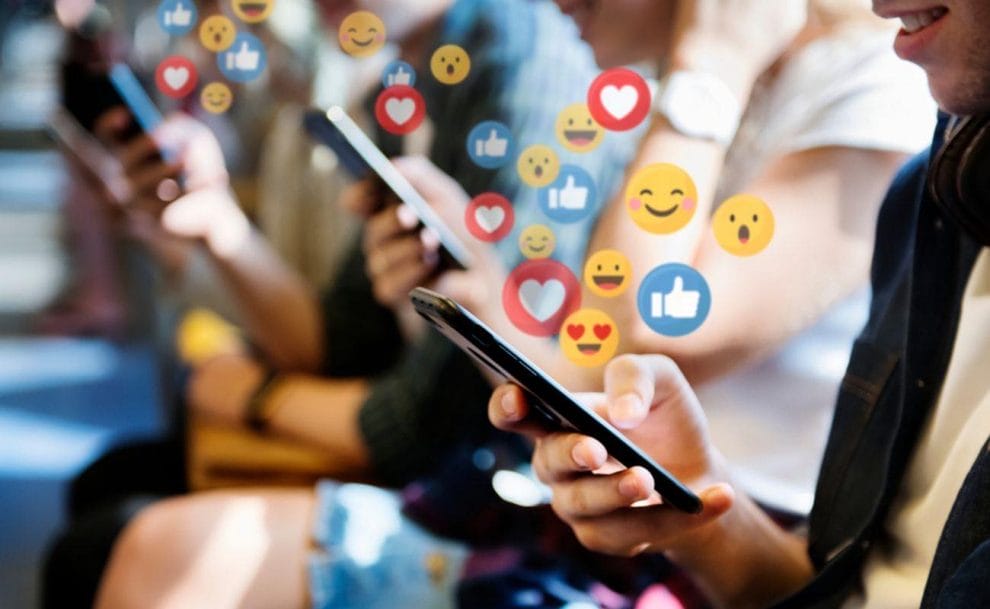
First, we had Hollywood stars, then came the era of social media influencers and now, as we step into a new digital age, we’re witnessing the rise of virtual influencers.
In today’s interconnected world, social media has become the cold beating heart of communication and influencers have emerged as the guiding force in this digital universe. But as technology marches forward, so does the evolution of influence – and virtual influencers are leading the charge.
From their inception to their remarkable impact on the influencer marketing landscape, the journey of virtual influencers is as riveting as the futuristic world they inhabit.
What Is a Virtual Influencer?
Picture a meticulously crafted digital avatar, brought to life by the wizardry of computer-generated imagery (CGI) and artificial intelligence (AI) technologies. Their purpose is to emulate human behavior and connect with their audience on social media platforms.
Though they may not be your typical flesh-and-blood influencers, virtual influencers possess all the qualities that make IRL (in real life) influencers so influential. They have distinct personalities, unique stories and a keen sense of style. They take stunning photos, create captivating videos and even engage in meaningful conversations with their followers – all without a physical presence.
The advent of virtual influencers represents a paradigm shift in the influencer marketing industry. They challenge our preconceived notions of authenticity and redefine what it means to connect with an audience. These digital avatars bring a fresh perspective to the table, combining the power of technology with the art of storytelling to create a unique and immersive experience for their followers.
How’s this for a fun fact? There are even virtual influencers in the realm of online gaming and online casinos specializing in content tailored to gaming and gambling enthusiasts. These virtual influencers engage with their audience through social media platforms, where they share gameplay footage, provide tips and strategies and review the latest games and online casino experiences. Register with Borgata Online to find out more about the latest in online casino gaming.
The Rise of Virtual Influencers
The concept of virtual influencers first emerged in 2016 when Lil Miquela, a virtual character created by the Los Angeles-based startup Brud, made her debut as one of the first AI influencers on Instagram.
Lil Miquela quickly attracted attention for her strikingly realistic appearance and engaging content. Since then, this CGI influencer has amassed millions of followers and collaborated with renowned brands such as Prada and Calvin Klein.
The virtual influencer landscape has since evolved significantly. New virtual influencers, each with their own unique narratives and aesthetics, have emerged on various social media platforms. The rise of virtual influencers can be attributed to advances in AI and CGI technologies, which have made it possible to create lifelike digital characters that resonate with audiences.
Vtubers and Their Evolution

Another aspect of the virtual influencer phenomenon is the rise of “vtubers.” Vtubers (short for virtual YouTubers,) are content creators who use virtual avatars or animated characters to present themselves in videos, making use of motion-capture technology and real-time animation to bring their virtual personas to life.
The concept gained popularity in Japan, where the virtual idol Kizuna AI became a sensation in 2016. Kizuna AI’s success paved the way for numerous vtubers to emerge, each with their own distinct personalities and content niches. These virtual personalities engage with their viewers through live streaming, gaming and video podcasting.
The vtuber landscape has experienced tremendous growth and global recognition. Many vtubers now have substantial followings and dedicated fan communities. The technology behind vtubing continues to advance, with improved graphics, more interactive features and cross-platform integration, making virtual content creation more accessible and engaging than ever before.
The influence of vtubers extends beyond the screen, with collaborations, merchandise and even virtual events that bridge the gap between virtual and real-life experiences. This new genre of technology-infused influencing is reshaping the future of online entertainment and redefining the possibilities of digital interaction.
Impact on the Influencer Marketing Industry
The rise of virtual influencers has brought about a significant shift in the influencer marketing industry. Brands are increasingly recognizing the potential of virtual influencers to reach and engage with their target audience in new and innovative ways.
One of the main advantages of virtual influencers is their unwavering ability to produce content without limitations such as fatigue and scheduling conflicts. They can consistently post content, interact with followers and remain relevant over time.
These digital personas can be meticulously designed to appeal to specific audience demographics, amplifying the impact of brand messaging and product promotion. Whether targeting gaming enthusiasts, beauty obsessives or the fashion-forward, virtual influencers provide a versatile canvas for brands to connect with their ideal customers.
Virtual influencers also offer a new level of creative control to brands. Companies can shape the narrative, showcase their products or services and weave captivating storylines that resonate with their audience. The malleability of virtual influencers allows brands to craft experiences that are visually stunning, unique and tailored to their specific marketing objectives.
The advent of virtual influencers has also sparked a fresh wave of creativity and innovation in the influencer marketing landscape. Brands are exploring new ways to collaborate with virtual influencers, such as integrating them into virtual and augmented reality experiences, leveraging their influence in gaming communities or even partnering with them to co-create digital products.
Benefits for Brands

Brands that partner with virtual influencers can benefit in several ways. Firstly, virtual influencers often generate high levels of engagement and have a strong online presence. Their visually stunning aesthetics and captivating narratives make them highly shareable and discussion-worthy, driving organic reach and brand exposure.
Secondly, virtual influencers offer a cost-effective alternative to traditional influencer marketing. While collaborating with human influencers can be expensive, virtual influencers can provide a similar level of reach and impact at a fraction of the cost. This accessibility allows brands with limited marketing budgets to explore influencer collaborations and enhance their digital marketing strategies.
Lastly, virtual influencers offer brands the opportunity to experiment with next-generation technologies and stay ahead of the curve. By aligning themselves with virtual influencers, brands position themselves as pioneers in the realm of influencer marketing, fostering stronger connections with tech-savvy consumers and carving out a distinct identity in the digital sphere.
Do Virtual Influencer Agencies Exist?
Yes, virtual influencer agencies do exist. They have emerged to meet the increasing demand for computer-generated influencers in the industry, specializing in creating, managing and representing virtual influencers on behalf of brands. They employ a team of professionals, including artists, animators, writers and strategists, who work together to develop and maintain virtual influencers.
These agencies have the expertise and resources to bring virtual influencers to life, ensuring their visual appeal, compelling narratives and seamless integration into social media platforms.
A New Age of Influence
While virtual influencers may not walk among us, their influence is very real among us. With their visually stunning appearances, captivating storytelling and technological advancements, virtual influencers have carved out a unique space in the digital landscape. They have disrupted the influencer marketing industry, challenging traditional notions of influence and redefining the ways brands connect with their audience.
So, whether you’re a brand looking to make a splash in the digital realm or a social media enthusiast intrigued by cutting-edge influencer marketing, keep an eye on the world of virtual influencers. The future is virtual and it’s happening now.
Join us at Borgata Online to stay up to date with the latest trends in gaming and tech. Check out our blog posts on virtual and augmented reality gaming, technology trends and learn more about the best upcoming phones this year. Register today.
